in 1832, Congress formed the United States Mounted Ranger Battalion to protect settlers along the east bank of the
 Mississippi River and to keep the Santa Fe trail open. The battalion comprised volunteers organized into six companies of 100 men. To correct what was perceived as a lack of discipline, organization and reliability, Congress formed the United States Regiment of Dragoons as a regular force in 1833, consisting of 10 companies (designated A through K) with a total of 750 men. The Regiment fought against the Seminole nation in 1835, when Chief Osceola
Mississippi River and to keep the Santa Fe trail open. The battalion comprised volunteers organized into six companies of 100 men. To correct what was perceived as a lack of discipline, organization and reliability, Congress formed the United States Regiment of Dragoons as a regular force in 1833, consisting of 10 companies (designated A through K) with a total of 750 men. The Regiment fought against the Seminole nation in 1835, when Chief Osceola 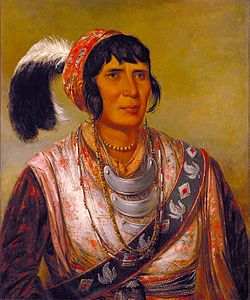 led warriors from his tribe in the Second Seminole War in protest to the Treaty of Payne's Landing.In 1832, a few Seminole chiefs
led warriors from his tribe in the Second Seminole War in protest to the Treaty of Payne's Landing.In 1832, a few Seminole chiefs 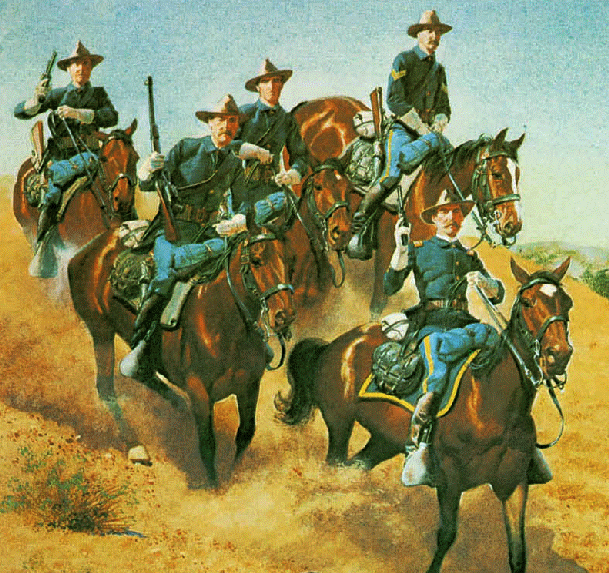 signed the Treaty of Payne's Landing, by which they agreed to give up their Florida lands in exchange for lands west of the Mississippi River. Five of the most important of the Seminole chiefs, including Micanopy of the Alachua
signed the Treaty of Payne's Landing, by which they agreed to give up their Florida lands in exchange for lands west of the Mississippi River. Five of the most important of the Seminole chiefs, including Micanopy of the Alachua ![[small_The-Silenced-War-Whoop.jpg]](https://blogger.googleusercontent.com/img/b/R29vZ2xl/AVvXsEjoj0FUjAMXOvhwDflCjc3C-BRiqNJB2bDEsm9BzKFomBBDXTGIqFy1AbrpimjAJqx1pnTp5BdCKfHwg_F5AIYQXIvLIZdBckgP4akusYiZW9lOnCnQWGTL9XFbzI5F6KRy-mhj1FXSCM8/s1600/small_The-Silenced-War-Whoop.jpg) Seminoles, did not agree to the move. In retaliation, Native American agent Wiley Thompson declared that those chiefs were removed from their positions. As relations with the Seminoles deteriorated, Thompson forbade the sale of guns and
Seminoles, did not agree to the move. In retaliation, Native American agent Wiley Thompson declared that those chiefs were removed from their positions. As relations with the Seminoles deteriorated, Thompson forbade the sale of guns and ![[Custer's+Demand+1.jpg]](https://blogger.googleusercontent.com/img/b/R29vZ2xl/AVvXsEhNqZs1fnLSwxWqxT1TQBQNZLMCA99HxEKzLAzga7uwwrcAVtURmqy5VOisCm3bthmapxnqi3_mp98GnV1b7PJDGw3D_RvqY6YSgkoDLnP54USijJtNKWWstUhJ1Fj67ZMbrKhJQ8Yk5io/s1600/Custer's+Demand+1.jpg) ammunition to the Seminoles. Osceola, a young warrior beginning to rise to prominence, was particularly upset by the ban, as he felt it equated Seminoles with slaves.
ammunition to the Seminoles. Osceola, a young warrior beginning to rise to prominence, was particularly upset by the ban, as he felt it equated Seminoles with slaves.![[The+Duel.jpg]](https://blogger.googleusercontent.com/img/b/R29vZ2xl/AVvXsEjKiGWiCOC8jbZ3oFxfzySAKpMP4Mz1JjODOPv1xaMea5NLXLVN9p7zSiQctBjFNorbJhDbMz4nlyzpIkulP-8FAwljIh6q1kvhSnobGmLlQ4hMTZeSP1WbTnYKnwo43ktmS3zji3AfVWo/s640/The+Duel.jpg)
Osceola had two wives and at least five children. One of his wives was a black woman, and he fiercely opposed the enslavement of free peoples.(Katz 1986) In spite of this, Thompson considered Osceola to be a friend, and gave him a rifle. Later, though, when Osceola quarreled with Thompson,
![[small_Breaking+Through+The+Line.jpg]](https://blogger.googleusercontent.com/img/b/R29vZ2xl/AVvXsEhRDiU4oaIept7icq1zyK0_Xr7ybv3NxpM9V4WYLsbr5IO3nDj8VAUxsMeXtNiwmWMzQeWuZ79pudSyJ6zL9HyFUumsBOxYVAsdQbscIuqKq6ZiF6FjF4lOQoGLMKausWrbmoNv4fKKZyg/s640/small_Breaking+Through+The+Line.jpg) Thompson had him locked up at Fort King
Thompson had him locked up at Fort King for a night. The next day, to get released, Osceola agreed to abide by the Treaty of Payne's Landing and to bring his followers in. On December 28, 1835 Osceola and his followers ambushed and killed Wiley Thompson and six others outside of Fort King while another group of Seminoles ambushed and wiped out a column of US Army troops marching up from
for a night. The next day, to get released, Osceola agreed to abide by the Treaty of Payne's Landing and to bring his followers in. On December 28, 1835 Osceola and his followers ambushed and killed Wiley Thompson and six others outside of Fort King while another group of Seminoles ambushed and wiped out a column of US Army troops marching up from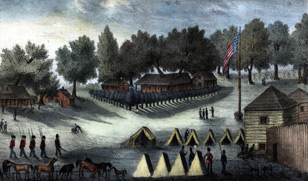 Fort Brooke to Fort King.
Fort Brooke to Fort King. These near-simultaneous attacks began the Second Seminole War For a year, the established units had difficulty
These near-simultaneous attacks began the Second Seminole War For a year, the established units had difficulty 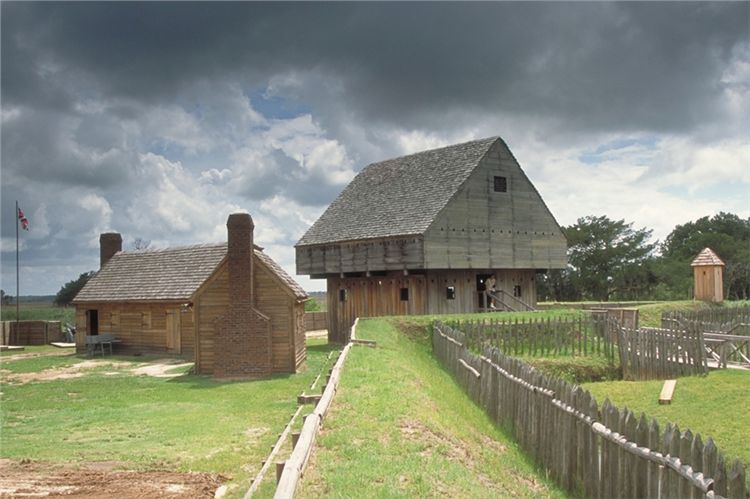 containing the Indians. Congress responded by establishing the 2nd United States Regiment of Dragoons in
containing the Indians. Congress responded by establishing the 2nd United States Regiment of Dragoons in  1836On October 21, 1837, on the orders of U.S. General Thomas Sidney Jesup,
1836On October 21, 1837, on the orders of U.S. General Thomas Sidney Jesup,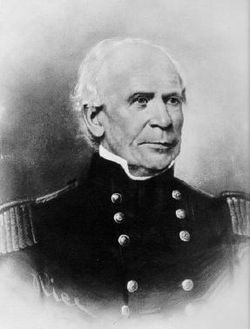 Osceola was captured when he arrived for supposed truce negotiations in Fort Payton. He was imprisoned at
Osceola was captured when he arrived for supposed truce negotiations in Fort Payton. He was imprisoned at  Fort Marion,
Fort Marion,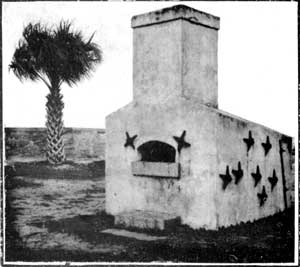 St. Augustine, Florida.
St. Augustine, Florida. Osceola's capture by deceit caused a national uproar. General Jesup and the
Osceola's capture by deceit caused a national uproar. General Jesup and the administration were condemned. That December, Osceola and other Seminole prisoners were moved to Fort Moultrie, South Carolina. They were visited by townspeople.
administration were condemned. That December, Osceola and other Seminole prisoners were moved to Fort Moultrie, South Carolina. They were visited by townspeople.
George Catlin and other prominent painters met him and persuaded him to pose. Robert J. Curtis painted an oil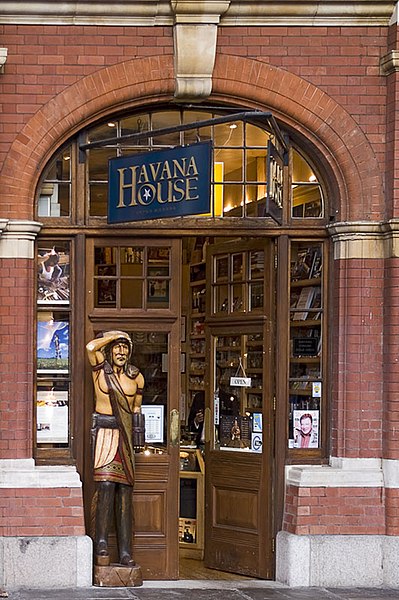 portrait of Osceola as well. These pictures inspired a number of other prints, engravings, and even cigar store
portrait of Osceola as well. These pictures inspired a number of other prints, engravings, and even cigar store fort marion below
fort marion below figures. Afterward numerous landmarks, including Osceola Counties in Florida, Iowa, and Michigan, were named after him, along with Florida's Osceola National Forest.
figures. Afterward numerous landmarks, including Osceola Counties in Florida, Iowa, and Michigan, were named after him, along with Florida's Osceola National Forest.
Osceola died of malaria on January 30, 1838, less than three months after his capture.He was buried with military honors at Fort Moultrie. portrait of Osceola as well. These pictures inspired a number of other prints, engravings, and even cigar store
portrait of Osceola as well. These pictures inspired a number of other prints, engravings, and even cigar store fort marion below
fort marion below figures. Afterward numerous landmarks, including Osceola Counties in Florida, Iowa, and Michigan, were named after him, along with Florida's Osceola National Forest.
figures. Afterward numerous landmarks, including Osceola Counties in Florida, Iowa, and Michigan, were named after him, along with Florida's Osceola National Forest.
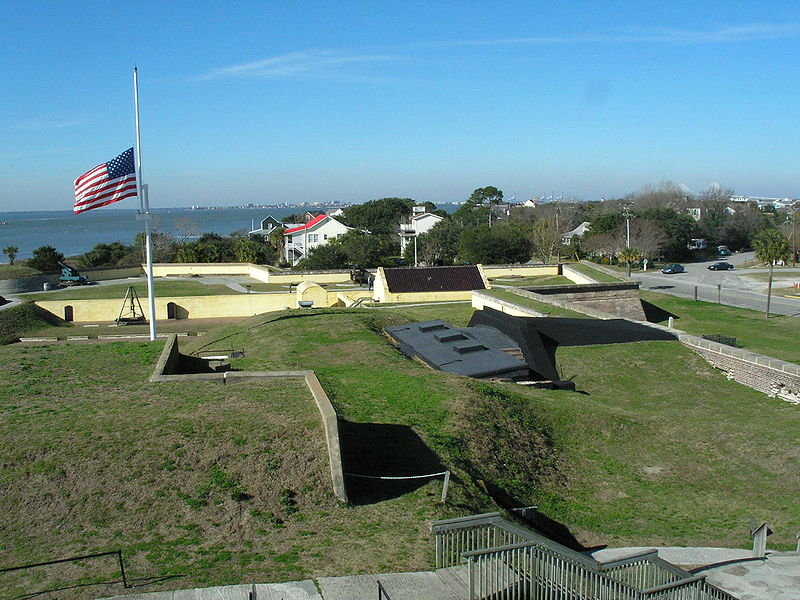 .The U.S. Cavalry played a prominent role in the American Indian
.The U.S. Cavalry played a prominent role in the American Indian 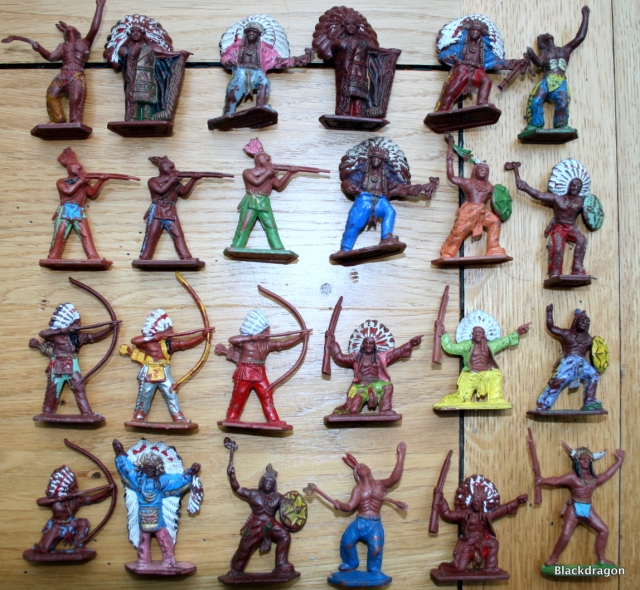 Wars particularly in the American Old West. Particularly notable were the 7th Cavalry, associated with GeneralGeorge Armstrong Custer
Wars particularly in the American Old West. Particularly notable were the 7th Cavalry, associated with GeneralGeorge Armstrong Custer and the Battle of the Little Bighorn and the 9th and 10th Cavalry,
and the Battle of the Little Bighorn and the 9th and 10th Cavalry,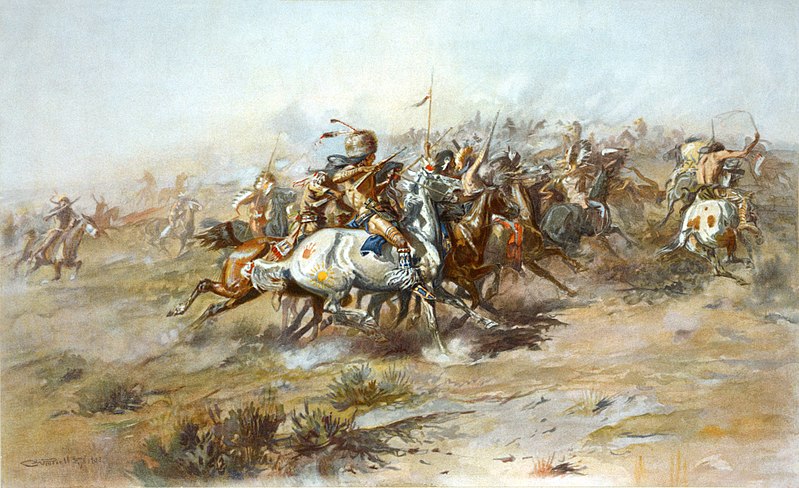 the Buffalo Soldiers. Infantry units, called by the Indians "walkaheaps", were also involved and in some cases were
the Buffalo Soldiers. Infantry units, called by the Indians "walkaheaps", were also involved and in some cases were
lacking training and skill in horsemanship and cavalry tactics.
Interesting story about the outcome of the Second Seminole war started at Fort Christmas, FL
ReplyDelete